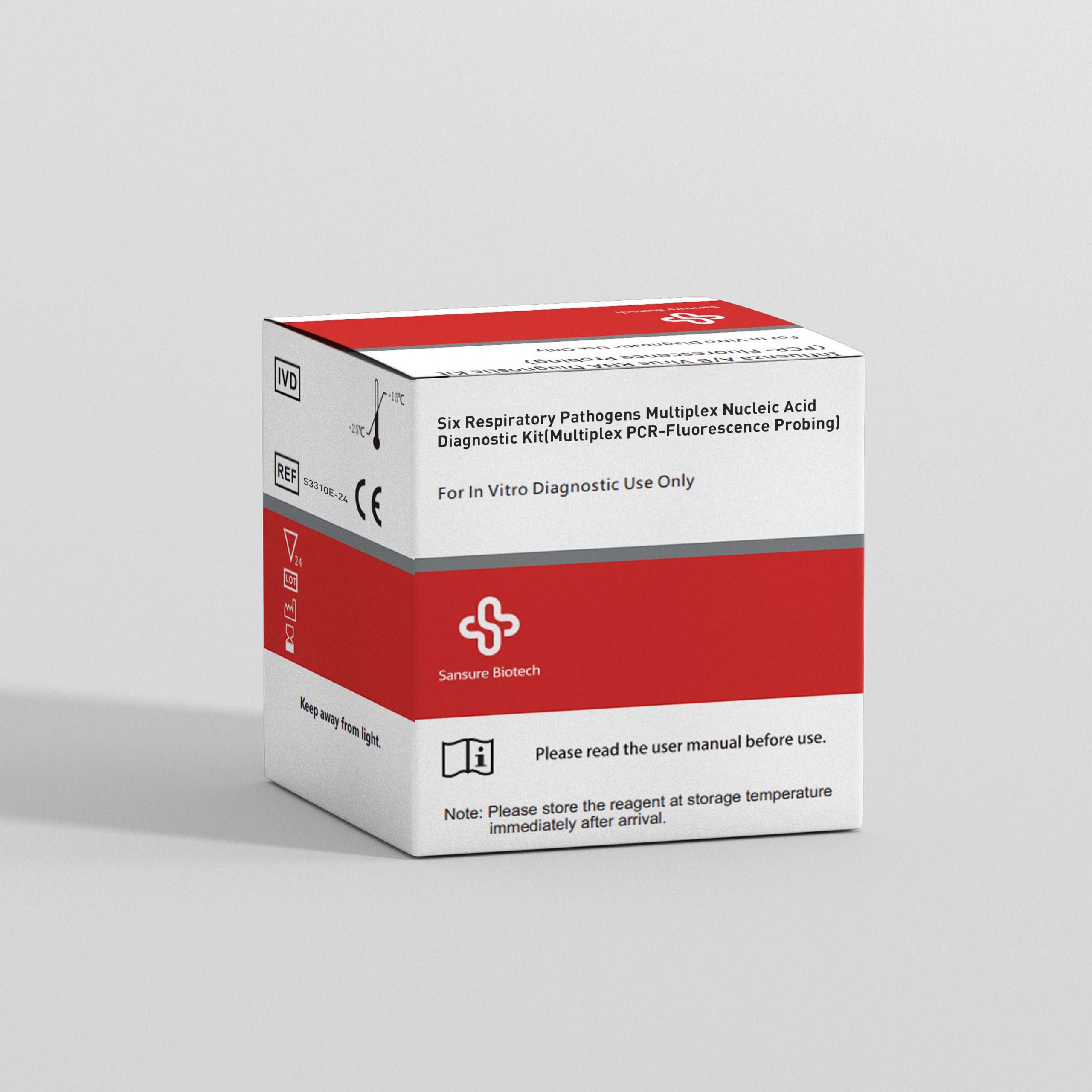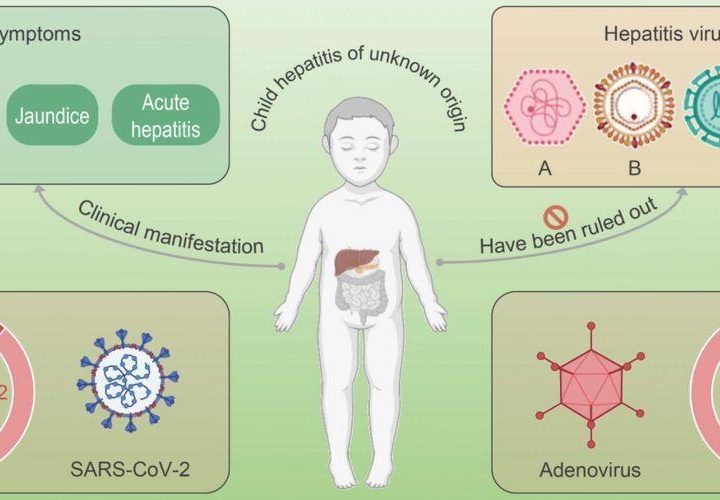Early recognition to safeguard lower respiratory health in the elderly
According to a report released by the National Institutes of Health, lower respiratory tract infection (LRTI) is the major reason for hospitalization among the elderly. The more aging, the higher possibility that they will be caught, with 375.1 per 1000 people over 75 years old compared to 144.7 per 1000 people among the group between 60-64 years old[1]. It is the waning immune responses and the onset of age-associated organ dysfunction that make the elderly the most prone to the disease.

However, the status quo is getting more complicated due to the multiple factors playing inside, leading to the surging number of LRTI cases among older adults. Therefore, every one of us should have a deeper comprehension of it so that we can spot problems earlier, get LRTI diagnoses earlier, and finally obtain successful treatment earlier.
The Basics About Lower Respiratory Tract Infections
The factors putting the elderly at risk of lower respiratory tract infections include immunosenescence, co-morbidities, steroid use, presence of primary lung disease, increased risk of aspiration, depressed clearance mechanisms, sedating medications, swallowing disorders, Blunted cough reflex, depressed oral clearance, decreased mucociliary clearance, exposure to health-care facility environments, and malnutrition[2].
Lower respiratory tract infections include bronchiolitis, bronchitis, pneumonia, and chronic obstructive pulmonary disease (COPD). Among them, the common victims of bronchiolitis are infants and children younger than two years old. Pneumonia and bronchitis infections are major havoc on senior citizens.
Pneumonia: It is an inflammatory condition of the lung parenchyma due to infection. It can be classified based on anatomic distribution, the setting, the mechanism of acquisition, and the pathogen responsible. Symptoms of pneumonia are cough, chest pain, fever, shortness of breath and sputum production.
Bronchitis: This type of lower respiratory tract infection features inflammation of the bronchial tubes. It can be classified based on duration into two:
- Acute bronchitis: It is manifested by cough and, occasionally, sputum production lasting no more than three weeks.
- Chronic bronchitis: It is defined as a cough with sputum expectoration for at least three months a year for two consecutive years. Triggers of bronchitis may be viruses or bacteria, and other infectious agents or non-infectious agents, such as smoking or inhaling chemical pollutants or dust.
Chronic Obstructive Pulmonary Disease (COPD): COPD is preventable and treatable, featured by airflow limitation that is not fully reversible. The elderly have both age and recurrent respiratory tract infections as a risk factor for COPD. Typical symptoms of COPD include shortness of breath, sputum production and cough[3].

In managing respiratory tract infections, the CDC estimates that at least 30% of antibiotics are inappropriately prescribed annually, primarily for diseases likely caused by viruses[4].
Studies showed that patients with acute bronchitis were more likely to receive inappropriate antibiotic treatment. This improper antibiotic usage is a major driving factor for increased antibiotic resistance. Due to this increased antibiotic resistance, Sansure has risen to develop more accurate and efficient solutions for identifying pathogens responsible for respiratory tract infections.
Sansure LRTI Diagnostic Kit
Respiratory pathogens have been through a considerable evolution, which will bring specific impact on the lung and airway. Here listed the most common pathogens and their specific impacts[5]:

The Sansure Six Respiratory Pathogens Multiplex Nucleic Acid Diagnostic Kit is a diagnostic tool for lower respiratory tract infections. Numerous studies and research have approved that the diagnostic kits are sensitive to these six respiratory pathogens:
Currently, the diagnostic kits allow 6 common bacteria of lower respiratory tract infections to be detected in one tube. And one batch of 94 sample tests can be finished in 100 minutes. Moreover, the diagnostic adopts advanced magnetic beads technology, adding accuracy and sensitivity. The easy management and high adaptability make them an ideal choice for medical laboratories, clinics, and hospitals.
Conclusion
The well-being of aging bodies relates to every family. An accurate diagnosis is always the first step for in-time treatment. As the world’s leading enterprise in the health-related industry, Sansure continuously provides diagnosis solutions to boost detection efficiency and accuracy. For more information about our LRTI diagnostic kits and instruments, click here.
References





